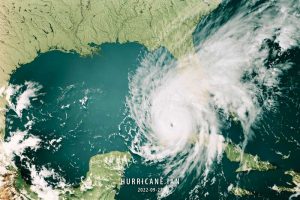
By Vinu J. Abraham
Advancements in hurricane building science, continuous code improvements, and the success of code-approved products have made it possible to design more resilient structures in hurricane zones. The widely acclaimed success of Babcock Ranch, a solar-powered community 32 km (20 miles) inland from Ft. Myers, is a testament to how far the building and testing industry has come. Hurricane Ian hit the community with 160 km/h (100 mph) winds, yet Babcock Ranch never lost power or even internet.
The southwest Florida community survived Ian with minimal damage, due to state-of-the-art planning and design. The community was built 9 m (30 ft) above sea level and all power lines are buried underground to protect them from strong winds. The infrastructure is designed to work with nature rather than against it. Small lakes around the neighborhood protect houses from flooding, and houses are built to the latest codes.
All buildings at Babcock Ranch must be certified by the Florida Green Building Coalition’s Green Home or Commercial standards,1 which is similar to the U.S. Green Building Council’s Leadership in Energy and Environmental Design (LEED) rating, but specifically designed for hot-humid climates. This is the only certification program with a disaster mitigation section. Under the building code, “homes are required to be designed to 160-mph wind loads.” The voluntary standard also provides guidelines for commercial property, land development, and governmental structures.
The average Home Energy Rating Score (HERS)2 for homes at Babcock Ranch is 58—which is approximately 25 percent more efficient than the Florida Building Code (FBC): Energy Conservation, which is fairly stringent. Electric heat pumps are used for all heating and cooling, though natural gas is used in some houses for cooking and water heating.
Babcock Ranch represents a shining example of how science and good design can offer resiliency, instead of billions of dollars in destruction. For today’s architects, engineers, and builders, the progress and learning from the past 30 years will lead to the design of more resilient homes and businesses.




